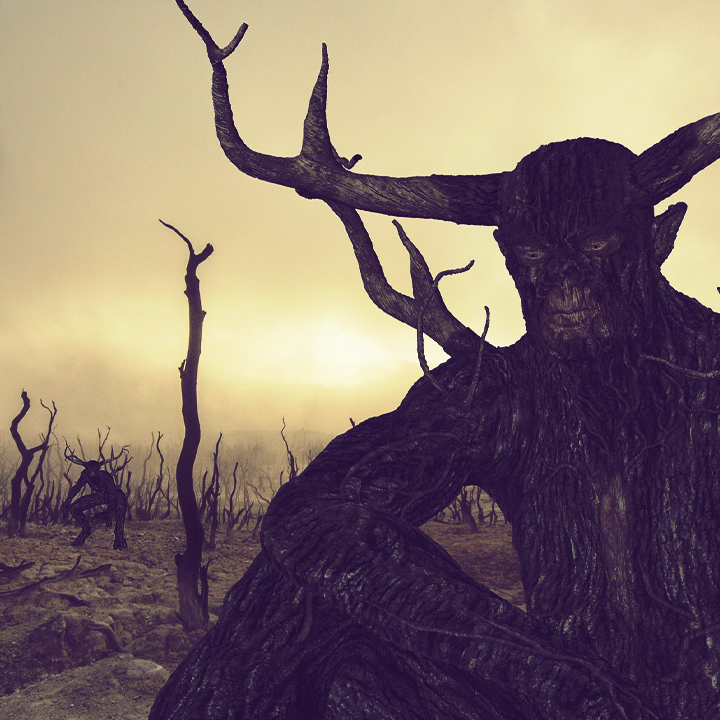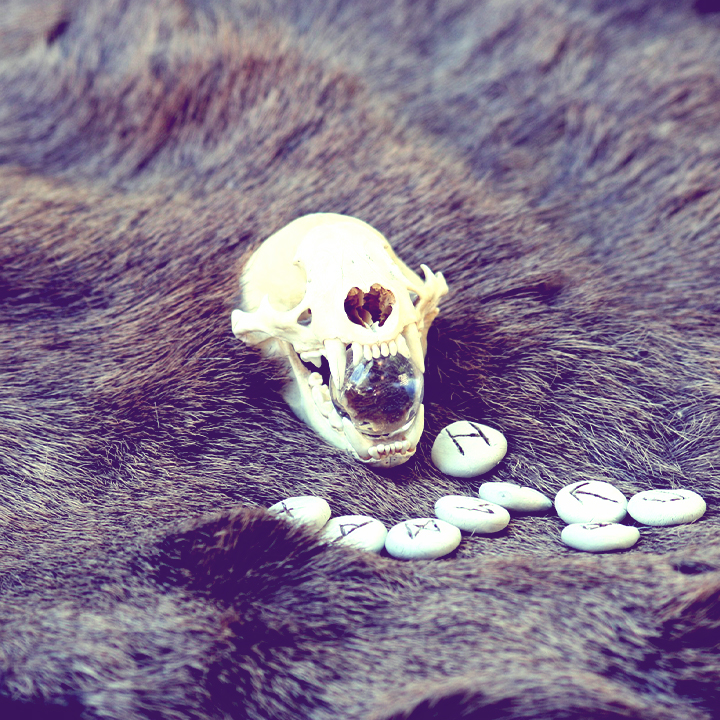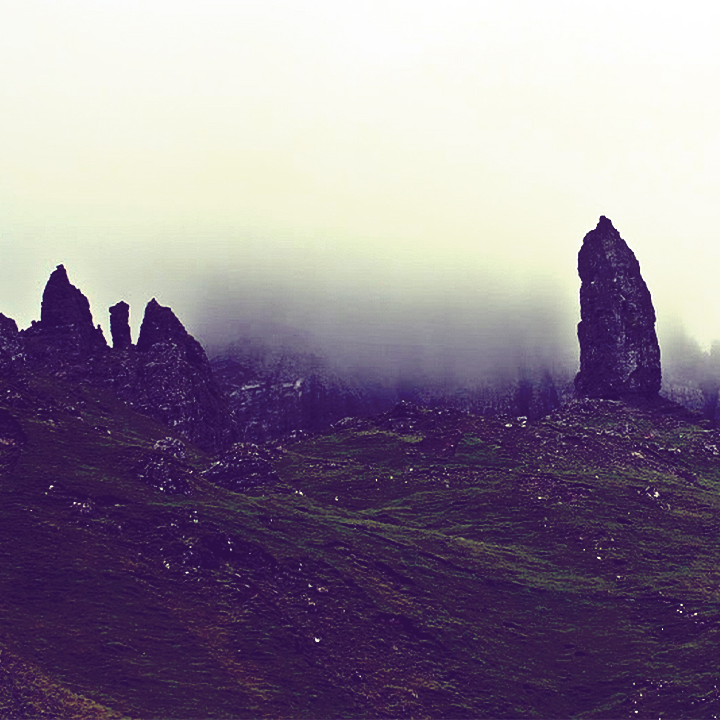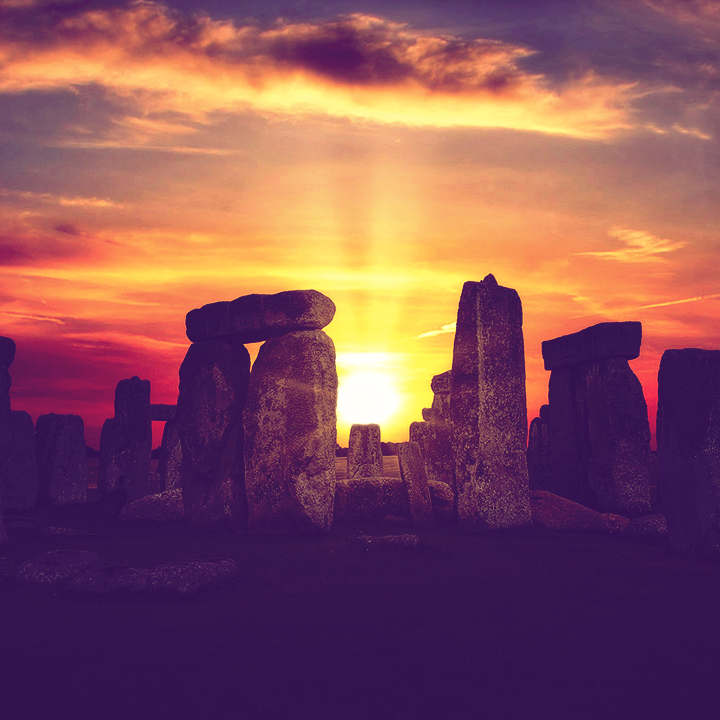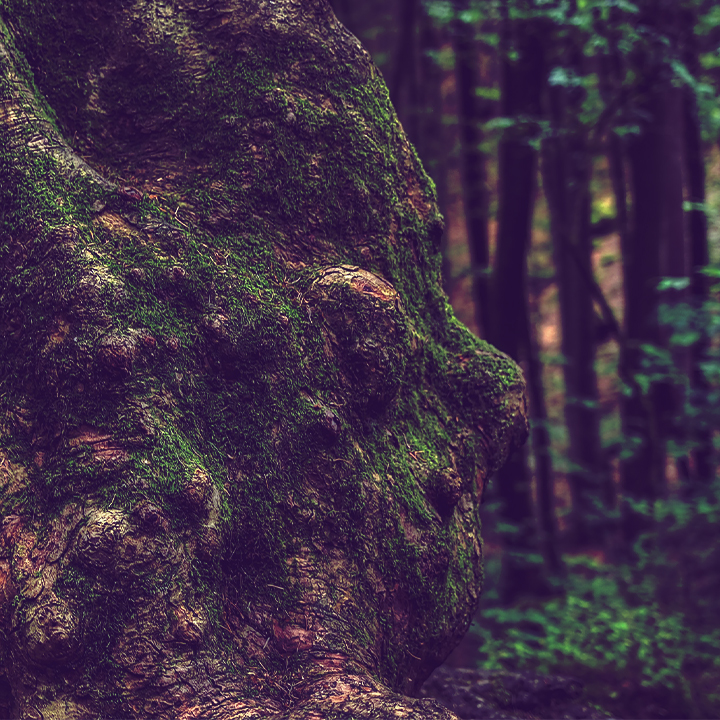What is Neo Druidism? Druid Ancestry, Magick, and Celtic History
Magick has been around for eons, as such, has enjoyed a storied history in America. Among its many movements, Neo Druidism stands out as among those with a longer tradition than most. It’s a tradition of Mysticism and Magick that leads participants toward a conception of nature as a brother or sister. A still-relevant aspect of a once-prominent civilization, the Druidic worldview helped shape the Western Tradition.
Table of Contents:
- WHO WERE THE CELTS?
- CELTIC RELIGION AND DRUID MAGICK
- CELTIC LIVING
- A DRUID PRIESTHOOD
- NEO DRUIDISM AND MAGICK
- DRUID ANCESTRY
- MYSTERY SCHOOLS AND NEO DRUIDISM
WHO WERE THE CELTS?
The grouping, “Celts” is actually a designation for a group of tribal societies in Europe. This group shared a culture that began in the first Iron Age (1200 BCE) around the region of the Alps. It remained a distinct culture until approximately 400 BCE. At different times, the Celts populated northern Italy, Germany, Bohemia, and Romania.
Although some Greek authors gave various details about them, we mainly have roman texts as sources about how the Celts developed their society’s activities.
The Celts appear in history as soon as the third century B.C.E., along with mentions of their priesthood, the Druids. Historians attribute their name’s origin to a Celtic word that means “knower of the oak tree.” Julius Cesar even wrote with admiration about them some two thousand years ago in his cataloging of the conquering of Gaul. These Celts lived in present-day France, Switzerland, Luxembourg, and Germany. Caesar specifically mentions the Druids in his writings. He notes they were in charge of sacrifices and divination and even served as judges. They were priests, magicians, and teachers whom their respective societies deeply respected.
Poetry has long remained the Celts’ most lasting method to connect through history. Their poetry reflects the stories that were important for them to keep. Even when they wrote in Greek and Latin, the Celts maintained a vital oral tradition. There were no transcriptions of their laws or tales until the seventh century. In short, creating a complex system of written records was not a part of the Celtic worldview.
CELTIC RELIGION AND DRUID MAGICK
The Druidic priesthood transmitted knowledge orally from generation to generation. The Celts knew how to read and write, but kept their religion mysterious. We do know that they unified spiritual knowledge and training.
We also know that the druids were convinced that everything had a soul (Animism). That is why their study and respect for Nature was so absolute. They maintained altars in their dwellings, in trees, and in the deepest parts of their sacred forests. They also used caves to hold assemblies and study sessions, as well as discuss the social and philosophical matters of their time.
CELTIC LIVING
It’s difficult to know precisely what Celtic society was like due to their lack of records. But oftentimes, the history of nomadic tribes is reconstructed via archeological discoveries from nearby cultures. Using some of these records, we can derive that Celtic tribes were organized hierarchically:
- The Nobility: The noble class was aristocratic and distinct from common people. This group usually includes both warrior and priest classes.
- The People: Typical individuals with no political or social authority. They enjoyed the basic rights of Celtic citizenship.
- The Slaves: Celtic servants did not have any privileges or rights. They were generally comprised of prisoners taken in the aftermath of some conflict.
A DRUID PRIESTHOOD
Keep in mind that when we refer to the Druids, we are talking about different tribes with slightly diverse ways of organizing their societies. Still, there are generally believed to have been three main types of Druid specialties, without distinction between men and women:
- Druids: Sorcerers, priests, and judges.
- Bards: Musicians and poets.
- Filids: Assistants to the Druids in rituals and keepers of Druidic history and tradition.
NEO DRUIDISM AND MAGICK
The Druids, Bards, and Filids each shared a common interest: The study and maintenance of their culture. This was made incredibly difficult without the use of the written word. They had mnemotechnic procedures for learning, which were likely hidden in their songs.
They also practiced deep and maintained study periods. Some authors believe priesthood required about twenty years of learning. During this time, they developed cultural and practical tools to share their philosophical ideas. They also learned how to commune with nature in practical ways, including both public and private rituals.
The Druids celebrated the seasons in public and gave auguries based on astrological interpretations or on the movements of nature, including such things as the flight of birds.
To get contemporary, Neo Druidism is not dogmatic at all, but they base their practice on a few ideas that they share with their predecessors:
- The belief in an immortal soul. This is a somewhat uncommon idea for pagans, but a trait they share with the predominant monotheistic world religions.
- Ancestral reverence. Druids see life as a continuous timeline that each person must appreciate. This means understanding one’s roots is vital.
- Differing levels of existence. The Druids believed the actions on one plane could impact another in both micro and macro ways.
DRUID ANCESTRY
There is a common conception about the Druids that began to take shape in the eighteenth century. There was a renewed interest in the U.K. of worldviews beyond the Middle Ages and Christianity. Then the Druids became a mysterious tradition that, while being European, was at that time largely unknown.
The Orders inspired by Druidism (Neo or Contemporary Druids) believe that their traditions share a direct lineage with these Druids of old. Thus in a way, this ancient magical religion never really left, it just went dormant for a time.
With this interest in mind, on November 28, 1781, the “Ancient Order of the Druids” was created in London; inspired by Freemasonry’s structure. The esoteric ideas around it echoed those that became popular at that time. This was a part of the new wave of occultism that originated in Europe in the eighteenth century. It started with those members who entered Freemasonry with aspirations toward spiritual contentment. Finding no outlet in the fraternity, these members began to look elsewhere.
MYSTERY SCHOOLS AND NEO DRUIDISM
The “A.O.D.” continues to exist today. In addition, other groups emerged from it and have continued their work over centuries. An interesting example is the A.O.D.A. (Ancient Order of Druids in America). Founded in 1912, it was initially a branch of A.O.D., which continued to work without interruption, emphasizing a holistic Spirituality and a genuine love of Nature as their elder brothers and sisters.
As difficult as it is for spiritual groups to work together over time with a common goal (in this case, a deep connection with the soul of Nature), Neo Druidism is proving to be here for the long run. The new Druids teach us a spirituality sustained by reverence for all things living. Indeed, they find enlightenment in harmony, flowing with the energies of life, which is never “outside”, but always a continuum of which we are an integral component.
https://www.livescience.com/45727-druids.html
https://penelope.uchicago.edu/Thayer/E/Roman/Texts/Caesar/Gallic_War/6B*.html
Lewis Spence, “The Origin and History of Druidism”. 1949.
https://irishempire.org/news/travel-roots/druids-filid-bards-custodians-of-celtic-tradition/25
Greer, John Michael. The Druidry Handbook: Spiritual Practice Rooted in the Living Earth. York Beach, Maine. Weiser. 2006.
https://www.britannica.com/topic/occultism

